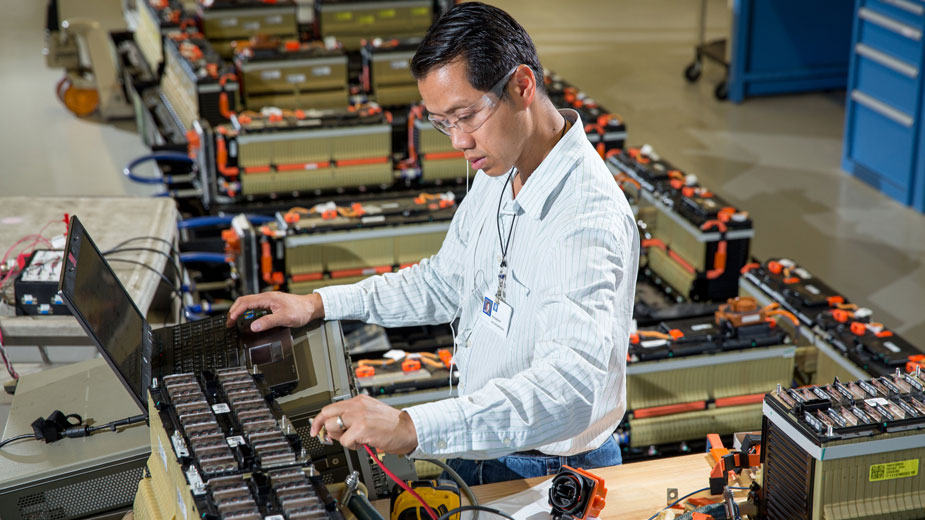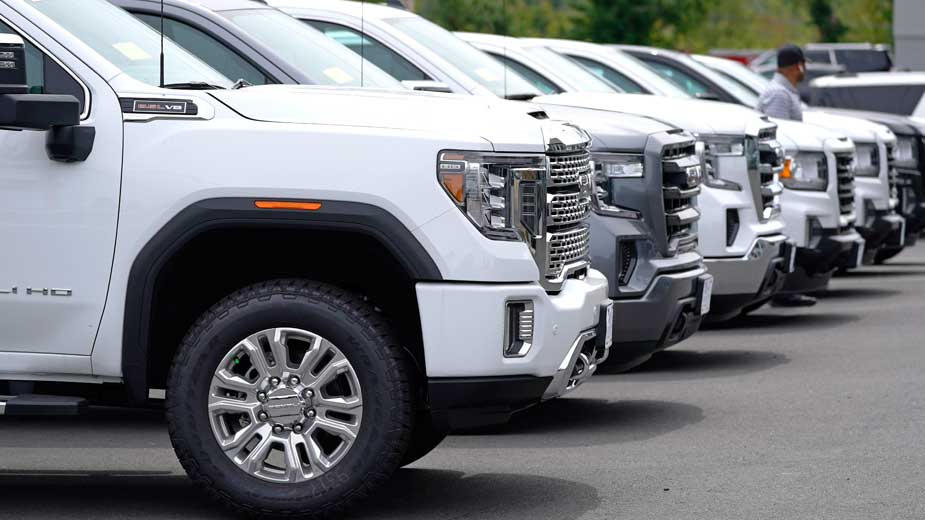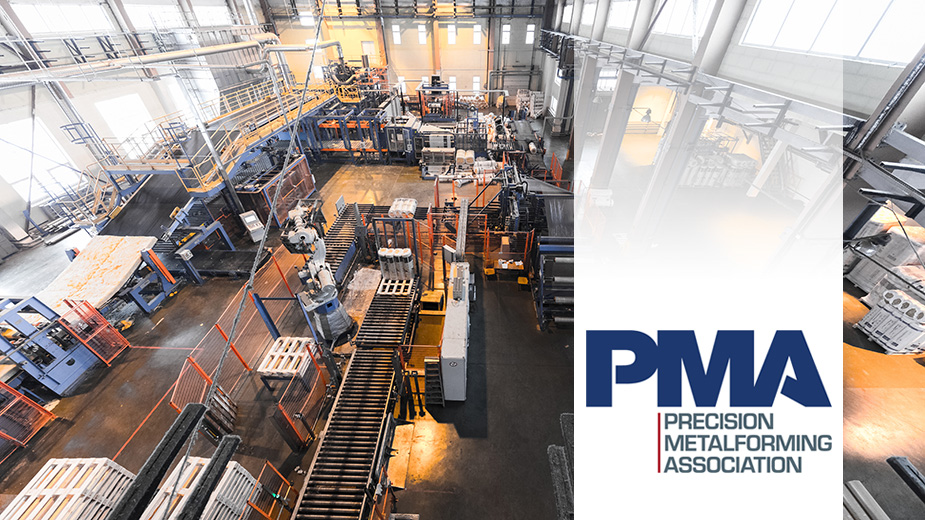Auto Manufacturers Go Big to Fuel Future
YOUNGSTOWN, Ohio – For the first time since 2014, new-car sales in the U.S. are expected to dip below 17 million as the industry cools after an unprecedented stretch of high-volume years.
The decline is caused by a conflux of factors. A recession appears to be on the horizon and big ticket items – the average price of a new car is around $37,000 – are usually the first to see sales slip. There aren’t enough new people entering the target market, usually defined as those between the ages of 16 and 65, to replace those who age out.
“The driving factors are pricing and affordability. What can’t be overlooked in this equation is the increase in interest rates,” says Jeremy Acevedo, manager of industry analysis for Edmunds. “As [the Federal Reserve] has increased rates – it doesn’t look like they have many planned for 2019 – it’s affected the rate people are getting for cars. Combined with the fact that people are buying larger, more expensive vehicles, there really is an affordability crisis brewing.”
Edmunds projects sales to total 16.9 million this year, citing low unemployment, high consumer confidence and falling gas prices as boons, while interest rates, high vehicle prices and an uncertain marketplace were marked as challenges. SUVs are expected to account for half of sales this year and nearly half of all car owners are moving to trucks and SUVs when they buy a replacement, the industry analysis firm reports.
In Ohio, that shift is already taking place. The Alliance for Automobile Manufacturers last year reported that 45.7% of new purchases in Ohio were crossovers and SUVs, while cars account for 34.2% of sales. With the average life of a car in the state being 11.5 years, however, cars still account for the plurality of registrations in the state with nearly 5.1 million, 46.7% of all in Ohio.
“There’s been a significant shift from small cars – at least among customers that buy Detroit Three [General Motors, Ford Motor Co. and Fiat Chrysler Automobiles] vehicles – toward crossovers, trucks and SUVs. I’m not as convinced that’s going on as much as the 55% of the market that is the foreign brands,” says Jon Gabrielsen, founder of J.T. Gabrielsen Consulting.
The move has been crucial for automakers as they endure a transformation within their industry, as larger models are usually the ones that make manufacturers the most money, providing the funds to expand the company into new technologies. While the contours of that future – what technologies will be most wanted or what regulations will be in place, for example – remain to be seen, the American companies are betting that it won’t be enough to just build and sell cars.
“You may not know 20 or 30 years from now what models you’ll be selling, but you are aware about the rise in mobility services and ride hailing. You then start to get ahead of that trend by developing capabilities and making acquisitions, like GM buying Cruise Automation,” says Bernard Swiecki, the Center for Automotive Research’s assistant director for its labor, industry and economics group.
There are two main categories that automakers’ pushes fall into: electrification and autonomous driving.
At the North American International Auto Show in Detroit at the beginning of the year, General Motors revealed its plan to have a fully electric Cadillac SUV on the market in the coming years, marking the company’s next foray into fully electrified models. Meanwhile, GM plans to expand its electrified vehicle selection to 20 models by 2023 on its way to a “zero crashes, zero emissions, zero congestion” future, the company says.
Ford Motor Co. has announced it will build an all-electric F-150 pickup truck following the introduction later this year of a hybrid version. Also planned is a yet-to-be-named electric SUV for 2021 and the introduction of electric options for all models sold in Europe.
For Fiat Chrysler, the changeover to electric models begins with four Jeep models available within the next four years, as well as two Maseratis and two Fiats.
Even with the push toward an all-electric future, full adoption is still some time off, analysts agree. Gabrielsen points to a lengthy S-curve, drawn out by the price of such models and the slow rate of adoption within the automotive industry.
“As an example, when they finally perfected diesel engines for heavy-duty trucks … even though it was superior for 50 years, it took the market that long to go from 5% diesel, 95% gasoline to the inverse that there is now,” he says.
Gabrielsen forecasts that roughly half the market will be electrified between 2035 and 2040, citing the sale of roughly 1.75 million such vehicles per year, while there are about 250 million cars on the road in the U.S.
For autonomous vehicles, the American automakers have their sights set just as high.
GM’s autonomous division, Cruise Automation, was purchased in 2016 and has since drawn major investments from Honda ($750 million immediately, followed by $2 billion over 12 years), Softbank ($2.25 billion) and GM itself ($14 million to expand production and employment). Fiat Chrysler has partnered with BMW and Google’s self-driving car division, Waymo. And in mid-January, Ford announced a partnership with Volkswagen to, in part, develop electric-vehicle and autonomous technologies.
Although “the revolution is quite a few years off,” as Swiecki says, there’s no doubt that automakers around the world are betting on a swift shift toward technology.
“I think why they’ve elected to make this risky move is that with their autonomous and electric perspective, they feel that’s where the industry is headed and where we see tech companies, from Apple and Google to startups, flocking,” Acevedo says. “Mobility solutions is the future of automotive. In a lot of ways, the moves by GM and Ford are reactionary to stay ahead of imminent trend in the industry.”
Related Story: Manufacturing, Tech Collide with Auto Industry at Crossroads
Pictured: A worker test batteries for GM’s electric models at its lab in Brownstown, Mich.
Copyright 2024 The Business Journal, Youngstown, Ohio.



